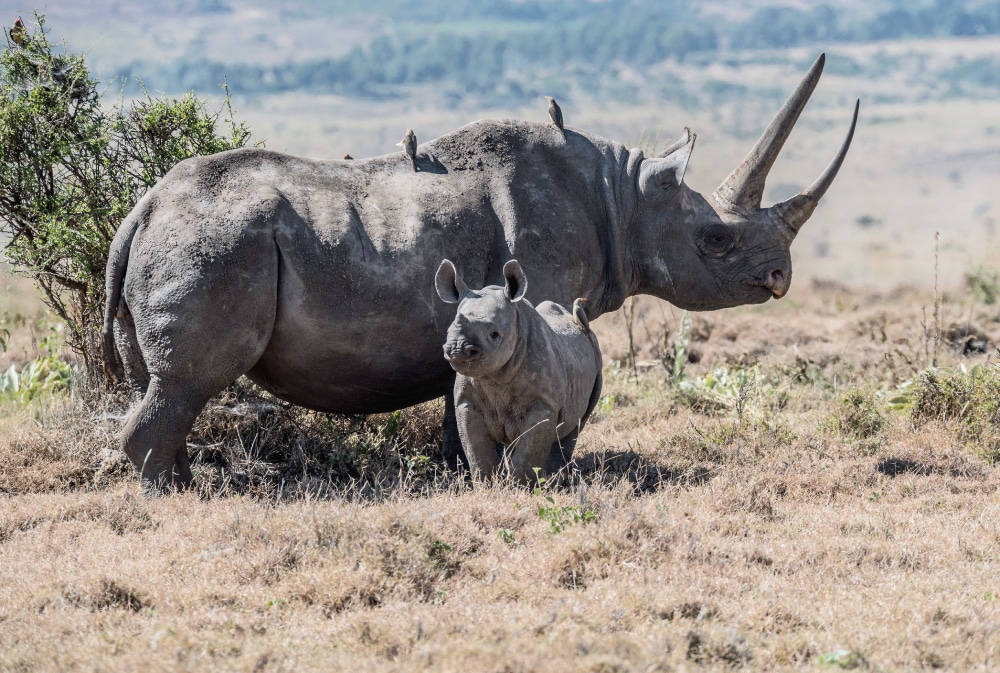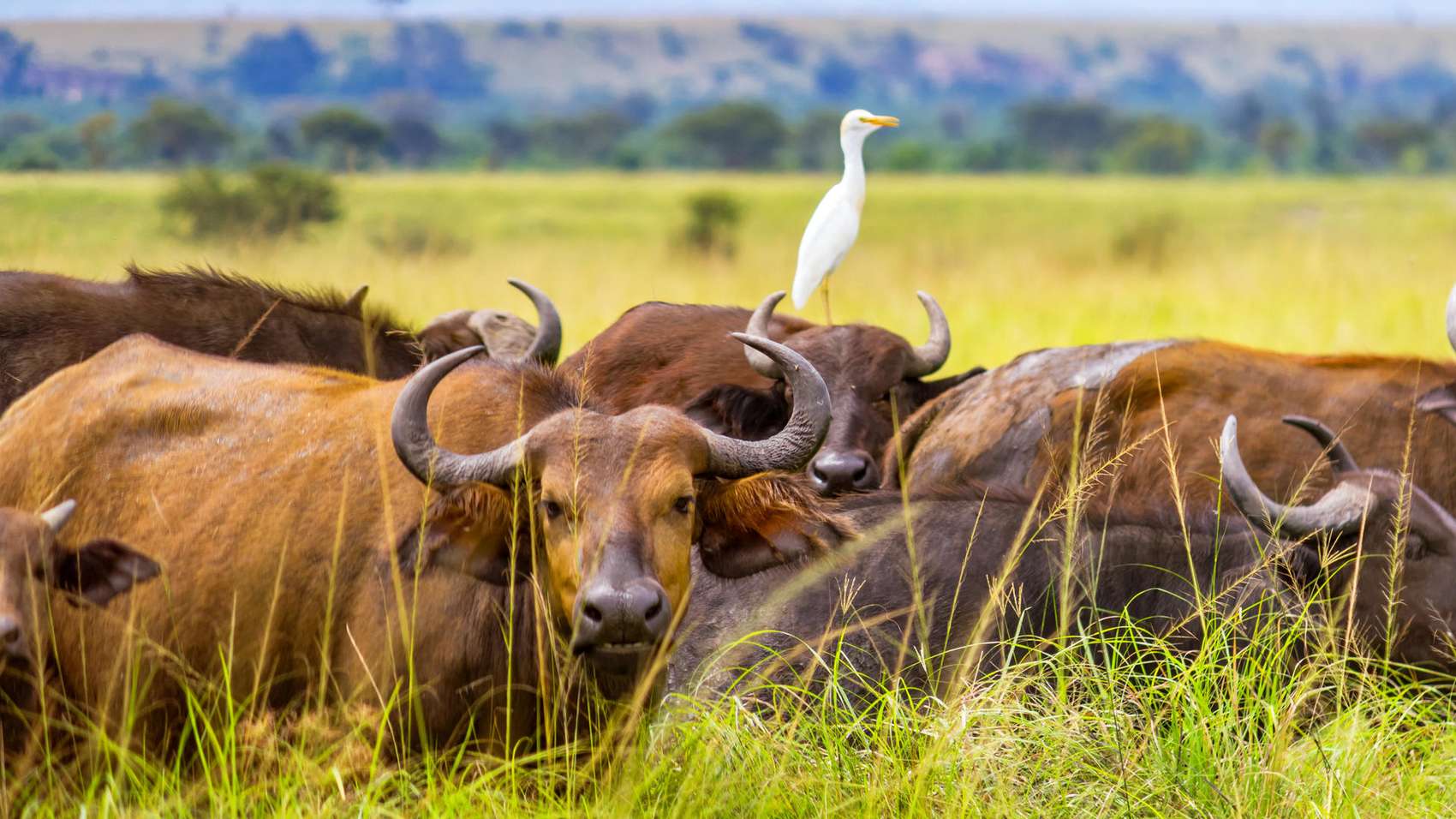
The dry season that started in May or June should continue into August, leaving parts of the crater floor looking like a dust bowl and the remaining grassland all parched and yellow. The low vegetation is great for spotting animals, with predators being at their most conspicuous, and wildlife tends to congregate close to the few remaining sources of drinking water. This is peak safari season in northern Tanzania – as is the case in August, the wildebeest migration will be concentrated around the Mara river in the northern Serengeti and there’s plenty of wildlife activity in Tarangire National Park – as well as popular for Zanzibar beach holidays, so things tend to be quite crowded. The crater rim is quite chilly in September (average daily maximum 21°C and nightly minimum 8°C) so bring plenty of warm clothing.



















